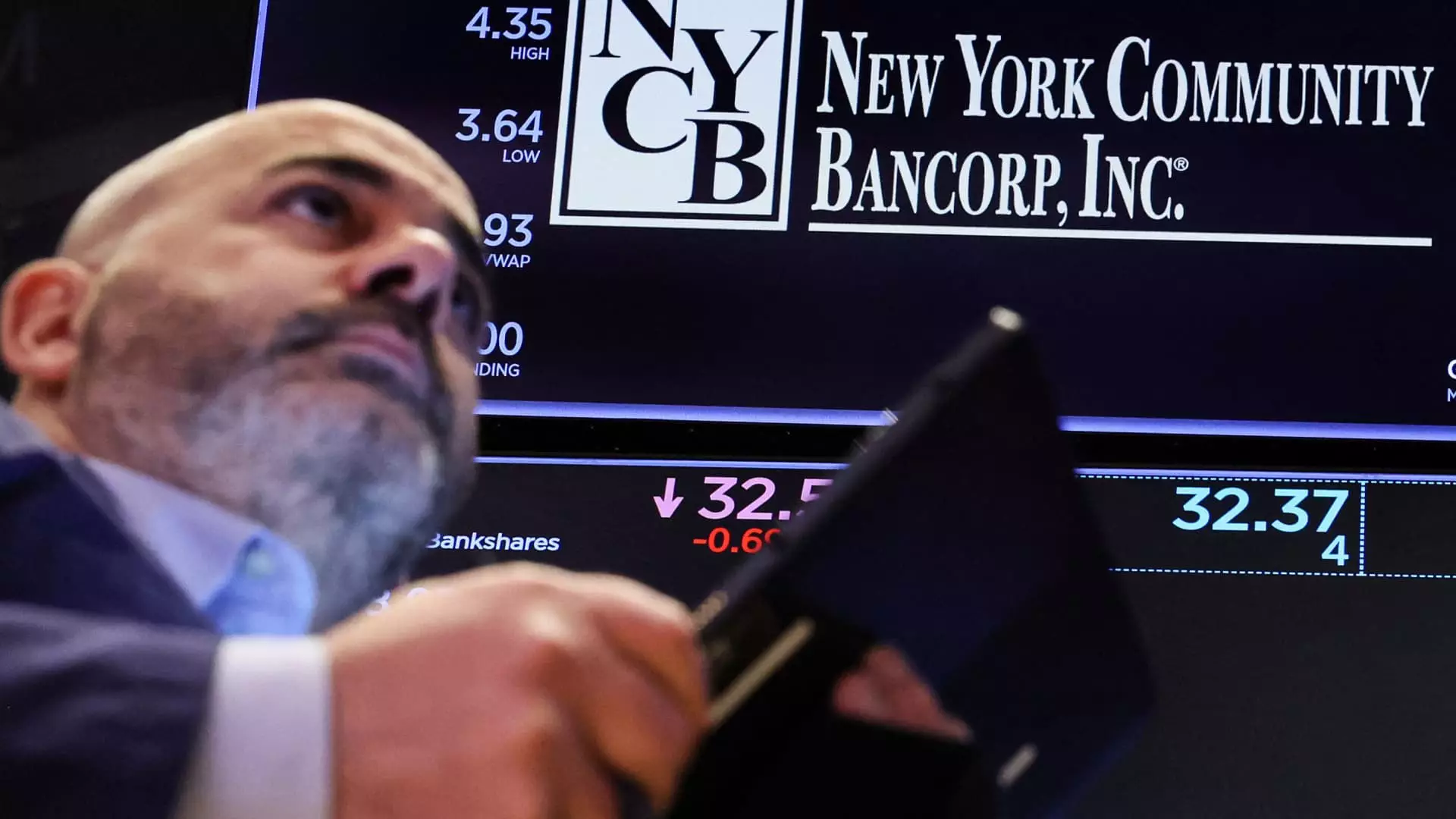As banks across the United States gear up to release their quarterly earnings, a stark contrast is emerging between the performance of larger banks and smaller regional institutions. The effects of scale are becoming increasingly apparent in the current economic climate, with larger banks positioned to benefit from their size and diversification. Conversely, smaller banks are facing mounting challenges, particularly in light of evolving expectations regarding Federal Reserve interest rates cuts.
Implications for Smaller Banks
Smaller regional lenders, such as Valley Bank in Wayne, New Jersey, are feeling the pressure as interest rate forecasts shift. The prospect of multiple rate cuts had initially bolstered expectations for reduced funding costs and increased profitability. However, the failure of these cuts to materialize has left banks like Valley Bank scrambling to adjust their projections. With higher deposit costs and significant exposure to commercial real estate loans, smaller institutions are facing a precarious situation.
In stark contrast, large banks like JPMorgan Chase are poised to capitalize on the changing interest rate landscape. Their funding advantages, coupled with diversified revenue streams, put them in a strong position to weather economic fluctuations. Revenue from areas such as wealth management and investment banking is expected to provide a significant boost to first-quarter results. Additionally, their lower exposure to commercial real estate loans and higher provisions for loan losses offer a measure of protection against market volatility.
Despite the relative strength of larger banks, concerns loom over the banking industry as a whole. The specter of commercial real estate defaults, particularly in sectors like office buildings and multifamily dwellings, presents a significant risk. Smaller banks, in particular, have been vulnerable to these challenges, as evidenced by institutions like New York Community Bank requiring emergency funding to stay afloat. With a record amount of commercial real estate loans due this year, the industry faces a period of uncertainty.
Outlook for the Future
Looking ahead, the impact of interest rates on the banking industry is likely to remain a key focus. As rate projections fluctuate and market conditions evolve, banks of all sizes will need to navigate a complex and rapidly shifting landscape. Smaller institutions will need to find ways to adapt to higher funding costs and mitigate risks associated with commercial real estate exposure. At the same time, larger banks must remain vigilant and proactive in managing their diverse revenue streams and minimizing potential losses.
The coming earnings season will serve as a litmus test for the banking industry as it grapples with the effects of interest rates and economic uncertainty. While larger banks may be better positioned to weather the storm, all institutions will need to demonstrate resilience and flexibility in the face of ongoing challenges. Only time will tell how the industry will ultimately fare in this dynamic environment.

